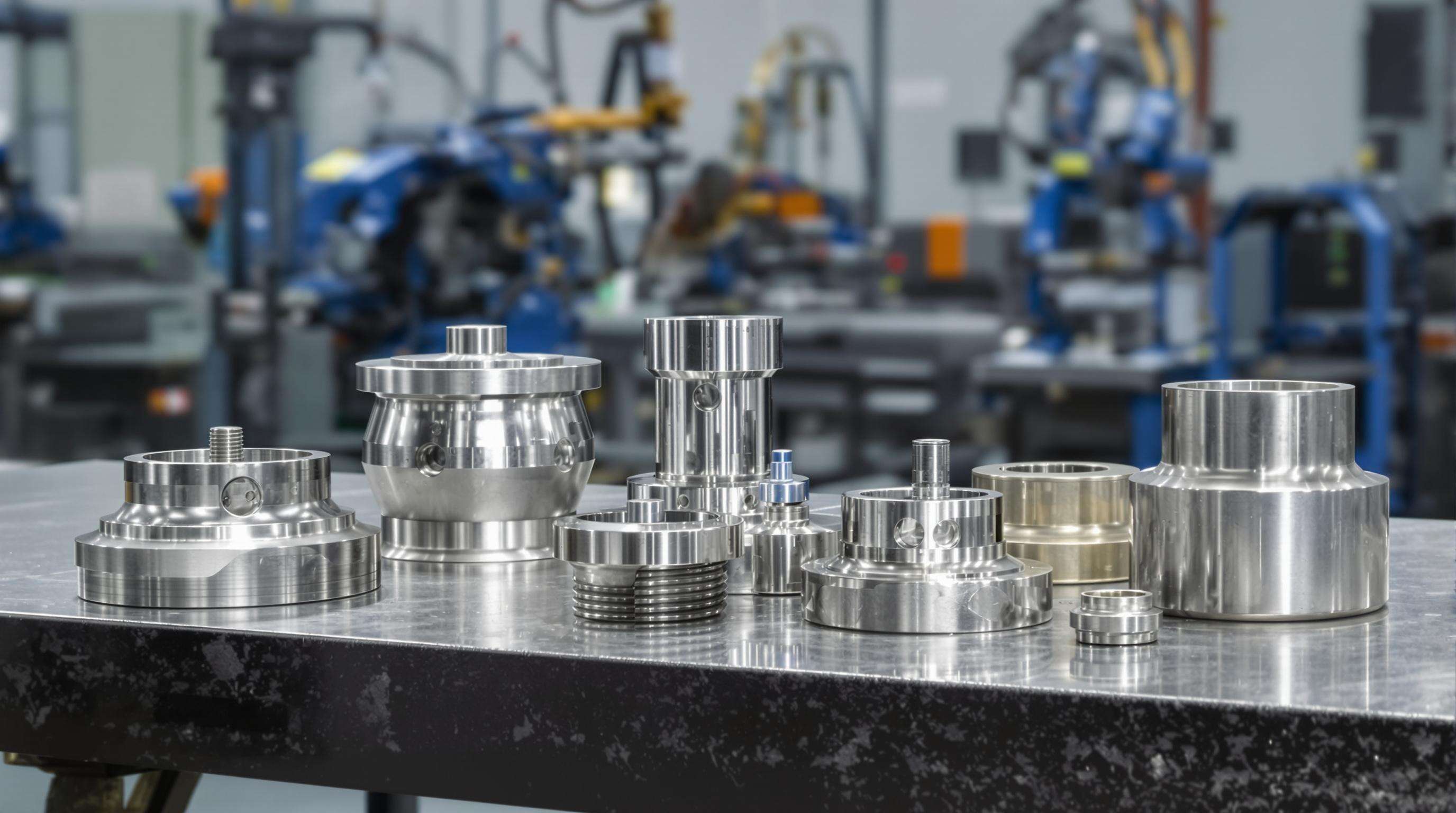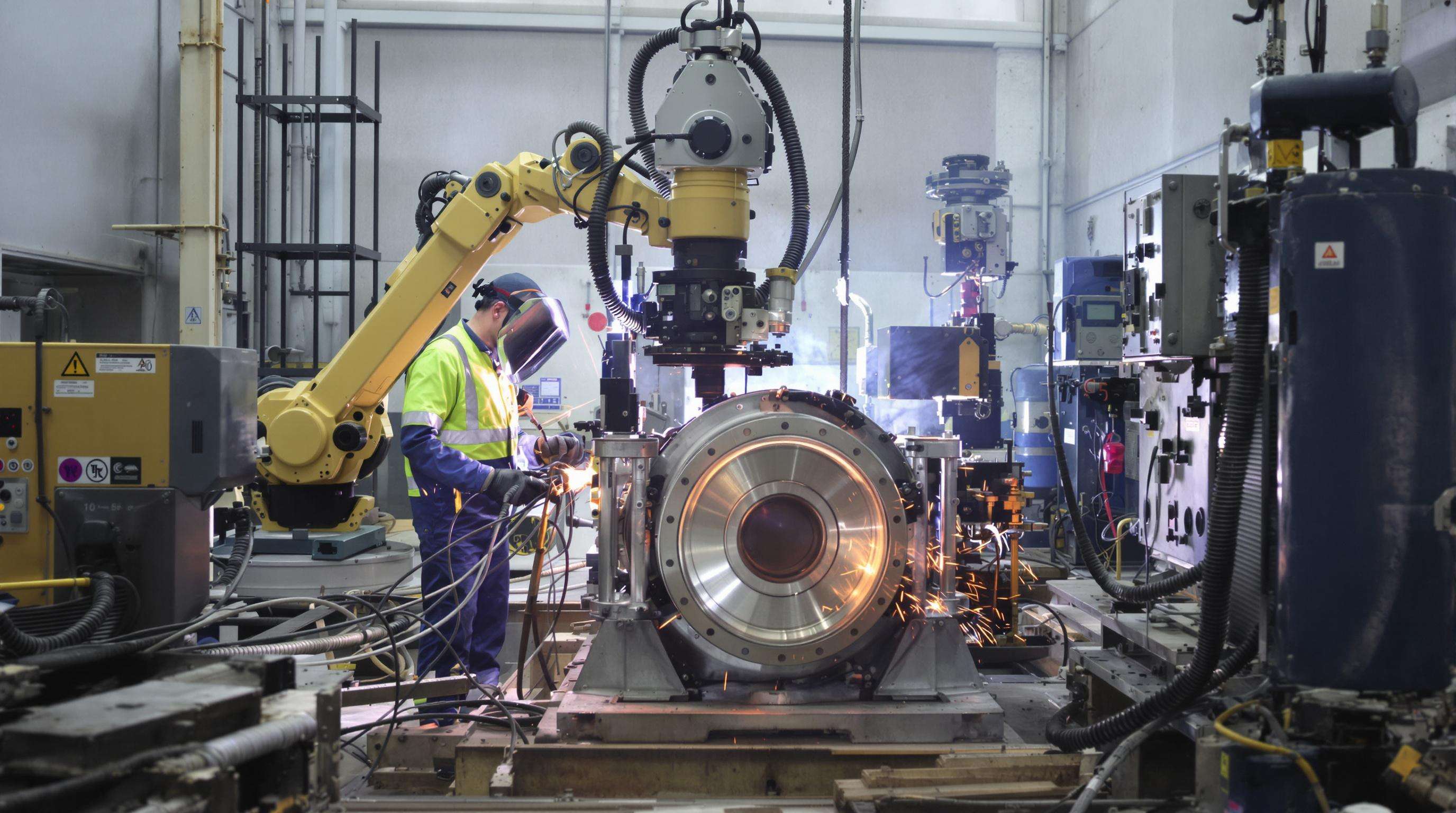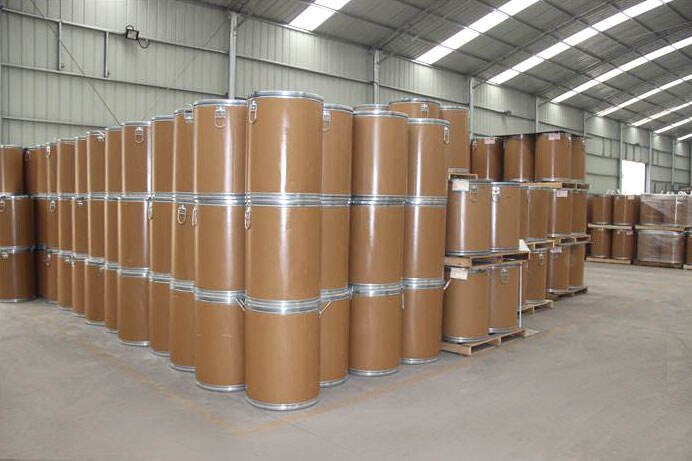Understanding Hardfacing Welding Wire and Its Industrial Benefits
Definition and Purpose of Hardfacing Welding Wire
Hardfacing welding wire serves as a special type of material applied to create wear-resistant coatings on metal parts subjected to intense work conditions. When using arc welding techniques, these wires lay down protective alloy layers over base metals, creating surfaces that stand up better against things like grinding friction, heavy impacts, and corrosive chemicals. The mining sector, construction sites, and agricultural operations all depend heavily on this process for safeguarding important equipment components ranging from those massive excavator buckets down to smaller tillage implements. By adding these protective layers, companies see significantly longer lifespans for their tools while cutting down on how often they need to replace worn out parts, sometimes saving around half the cost compared to regular maintenance schedules in areas where wear happens fast.
How Hardfacing Extends Component Service Life
Hardfacing works by creating what's essentially a protective outer layer that takes the brunt of wear and tear before it reaches the actual component material underneath. Components such as those found in crushing operations or on conveyor systems can end up lasting anywhere from three to five times longer when subjected to harsh abrasive environments. This means fewer interruptions for repairs and lower costs overall for maintenance work. The process focuses specifically on areas where friction is highest, so the core structure remains intact while still getting protection exactly where needed most. No need to replace entire parts just because one section gets worn down over time.
Core Performance Advantages: Abrasion, Impact, and Corrosion Resistance
- Abrasion Resistance: Chromium-carbide alloys defend against sliding wear from sand, gravel, and ore.
- Impact Resistance: Austenitic manganese steels absorb shock in hammer mills and rock crushers.
- Corrosion Resistance: Cobalt-nickel blends protect against acidic or humid environments.
These properties make hardfacing an efficient solution for complex wear challenges.
Matching Hardfacing Welding Wire to Specific Wear Mechanisms

Selecting Wire for Abrasive Wear Conditions
When hard particles rub against surfaces during activities such as digging dirt or handling ores, abrasive wear happens. For protection against this kind of damage, engineers often turn to hardfacing wires containing either chromium carbide at around 25 to 30 percent concentration or those reinforced with tungsten carbide. These materials typically reach hardness levels exceeding 60 on the Rockwell scale. In practice, mining equipment rollers coated with such treatments tend to survive silica abrasion conditions for approximately five times longer than standard components because of the tough carbide layer protecting them. However, picking the right material isn't just about getting maximum carbide content. Operators need to find that sweet spot between having enough carbide for protection and maintaining sufficient metal strength so parts don't crack under normal work loads.
Optimizing Hardfacing for High-Impact Environments
When dealing with situations that involve constant shock loading, like during demolition work or when crushing rocks, wires that can withstand impacts become really important. That's where impact resistant wires made from austenitic manganese steel come into play, typically containing around 12 to 14 percent manganese. What makes these materials special is their ability to get harder when struck, which boosts the surface hardness but still keeps those inner layers nice and flexible. The material has what we call moderate hardness levels between 45 and 55 on the Rockwell scale, plus it contains less than 0.8% carbon, so it doesn't become brittle over time. Real world testing across various industries has demonstrated that using these specialized wires can actually make tools last significantly longer than regular ones. Some field reports indicate tool life improvements anywhere from 60% to almost three quarters longer compared to standard components that haven't been treated this way.
Addressing Corrosive Exposure with Resistant Alloys
When dealing with harsh conditions that include saltwater, acids, or various chemicals, using electrochemically stable alloys becomes absolutely necessary. Nickel based wires containing around 30 to 45 percent nickel create those protective oxide layers which help prevent pitting issues. Cobalt chromium mixes with about 28% chromium handle high temperature oxidation much better too. Acidic slurries call for different approaches altogether. Most engineers reach for nickel chromium molybdenum alloys in these situations. And when working with environments rich in chlorides, superaustenitic grades tend to outperform other options significantly. Field tests show these specialized materials can cut down erosion corrosion problems by roughly 40 to 50 percent even after long periods inside desulfurization units where constant exposure is inevitable.
Handling Combined Wear: Strategies for Complex Applications
Parts that deal with abrasion, impact, and corrosion all at once usually need some kind of layered or mixed hardfacing treatment to last longer. One popular method starts with a strong manganese base layer underneath, then adds a top coat made from either chromium or tungsten carbide which really stands up to wear. The way these layers work together helps stop pieces from breaking off when stressed from different directions. Field tests indicate components treated this way can last around three times longer than standard ones in equipment like slurry pumps and those big digging teeth on excavators. For parts with complicated shapes though, there's another option worth considering too. Single pass composite wires reinforced with particles provide good protection without needing multiple layers, making them ideal for tricky geometries where traditional methods won't work.
Alloy Composition and Material Selection in Hardfacing Welding Wire
Alloy selection directly influences performance against specific wear mechanisms. Optimized compositions can extend component life by 200–450% compared to untreated surfaces. Below is an overview of four primary alloy systems and their applications.
Chromium-Based Alloys for Maximum Abrasion Resistance
Wires containing 12–30% chromium form microscopic chromium carbides during welding, achieving hardness up to 65 HRC. These are best suited for high-abrasion environments like mining dragline buckets and rock crushers. In silica-rich conditions, they reduce material loss by 30–60% compared to martensitic steels.
Tungsten Carbide-Enhanced Wires for Extreme Wear
Tungsten carbide (WC)-reinforced wires deliver exceptional hardness (70+ HRC) through embedded WC particles in a metallic binder. The composite layer resists gouging wear while absorbing impact. Ideal for slurry pumps and crusher rolls, these wires last 3–5 times longer than chromium-based overlays in severe erosive conditions.
Nickel and Cobalt Alloys for High-Temperature and Corrosion Resistance
Nickel-based wires maintain strength at 600–800°C through solution-strengthened carbides, while cobalt alloys use Laves phases to resist thermal fatigue beyond 1000°C. Both form self-repairing chromium oxide layers that protect against oxidation and sulfidation.
| Alloy Type | Temperature Limit | Best Application | Key Benefit |
|---|---|---|---|
| Nickel | 600-800°C | Boiler tubes, exhaust systems | Sulfidation resistance |
| Cobalt | >1000°C | Turbine blades, kiln components | Oxidation resistance at peak |
These alloys reduce high-temperature corrosion by 40–70% in power generation equipment.
Iron-Based Wires: Cost-Effective Protection for Moderate Wear
Iron-based hardfacing wires use alloying elements like Mn, Si, and B to deliver 2–4 times better abrasion resistance than low-carbon steel at 30–50% lower cost than premium alloys. They are well-suited for agricultural tools and conveyor screws handling non-corrosive abrasives.
Welding Processes and Application Techniques for Hardfacing Welding Wire

Choosing the right welding process ensures strong bonding, minimal dilution, and efficient deposition. Each method offers distinct advantages depending on scale, location, and required precision.
SMAW for Manual and Field-Based Hardfacing
SMAW welding employs those coated rods that work great when fixing up big machines out in the field. The process is pretty portable too, which means welders can get the job done no matter what position they're stuck in. This makes SMAW especially useful for things like patching up those worn down shovel teeth on mining equipment or getting agricultural gear back into working condition after long seasons of abuse. When it comes to how much material gets laid down during welding, we're looking at roughly between one and seven pounds per hour. But don't expect to fix everything in one go most of the time. Real world experience shows that several passes are usually required to create proper wear resistant layers that will actually last through continued use.
MIG/FCAW for High-Deposition Rate Applications
GMAW and FCAW offer continuous wire feeding capabilities with deposition rates ranging from around 4 to as much as 25 pounds per hour. These welding methods work really well for big jobs such as repairing crusher liners or welding onto bulldozer blades where time matters. Flux cored arc welding tends to give cleaner results compared to stick welding since there's less slag cleanup required. However, it does come with limitations when working in vertical or overhead positions because the molten metal just doesn't stay put in those orientations. The fluid nature of the weld pool makes flat and horizontal applications much more practical for this technique.
SAW in Automated and Heavy-Duty Industrial Settings
Submerged Arc Welding, or SAW for short, finds its place primarily in automated setups where consistent surfaces matter most, think conveyor screws and those big steel mill rolls we see in manufacturing plants. What makes this method special? Well, it uses this granular flux material that basically acts as a shield around the welding arc. This not only cuts down on pesky spatter but also minimizes harmful UV radiation exposure during the process. And let's talk numbers for a moment the deposition rates can hit anywhere from 20 to all the way up to 100 pounds per hour depending on conditions. Now when working with chromium carbide materials, welders need to be extra careful about controlling things properly because if they aren't watchful, the base metal might end up getting diluted beyond that 30% threshold which nobody wants to see happen.
Advanced Methods: PTA, Laser Cladding, and Thermal Spray Integration
PTA welding along with laser cladding creates really dense and accurate coatings around half a millimeter to three millimeters thick that have almost no pores, making them perfect for things like turbine blades and those big hydraulic shafts we see in industrial settings. For parts that can't handle much heat, thermal spray methods such as HVOF come into play. These apply tungsten carbide while keeping the base material cool below 300 degrees Fahrenheit, which is crucial when working with sensitive aerospace materials that would otherwise get damaged during processing. When manufacturers start combining these coating techniques with robotic systems, they actually cut down on wasted materials significantly across complicated manufacturing setups. Some studies show reductions somewhere between 18 and 22 percent, which adds up to substantial savings over time.
Real-World Applications and Future Trends in Hardfacing Technology
Case Study: Mining Equipment Protected with Chromium-Tungsten Wire
Excavator buckets coated with chromium-tungsten hardfacing wire achieve a 62% longer operational lifespan in abrasive rock environments. The hypereutectic microstructure forms fine carbides that resist gouging while maintaining impact resistance up to 500 MJ/m².
Case Study: Boiler Tube Erosion Resistance Using Nickel-Based Wire
Power plants applying nickel-chromium-boron hardfacing wire on boiler tubes report a 40% reduction in erosion-related downtime. The alloy’s 58 HRC hardness and 1,200°C oxidation resistance effectively combat steam-ash erosion during continuous operation.
Case Study: Agricultural Machinery Using Iron-Based Hardfacing
Iron-based wires with 28% chromium content protect combine harvester blades at a fraction of the cost of premium alloys. Field tests show wear rates of just 0.8 mm/year in silica-rich soils—three times lower than unhardened tools—saving approximately $15,000 per farming season in replacement costs.
Emerging Innovations: Composite Wires and Digital Process Control
Recent advancements include dual-layer composite wires with 65 HRC tungsten carbide cores and impact-absorbing austenitic matrices, as well as AI-driven deposition systems that adjust voltage and wire feed in real time based on wear simulations. These innovations are driving the global hardfacing materials market toward a projected 7.2% CAGR through 2030.
Sustainability in Hardfacing: Low-Emission and Recyclable Wire Solutions
New flux-cored wires reduce spatter emissions by 33% and allow 89% material recovery during reclamation. A 2024 circular economy study found that closed-loop recycling of cobalt-chromium hardfacing alloys reduces carbon emissions by 18 tons per industrial crusher refurbishment, highlighting the growing role of sustainability in industrial maintenance strategies.
FAQ
What is hardfacing welding wire used for?
Hardfacing welding wire is used to create wear-resistant coatings on metal parts, helping them withstand grinding friction, heavy impacts, and corrosive chemicals in industrial environments.
What are the benefits of using hardfacing welding wire?
The benefits include extended component service life, reduced maintenance costs, abrasion, impact, and corrosion resistance in sectors like mining, construction, and agriculture.
How does hardfacing improve component lifespan?
Hardfacing lays down protective layers over base metals, taking the brunt of wear and tear, thus enhancing the longevity of components by up to five times.
What are the types of hardfacing alloys?
Common alloys include chromium-carbide, tungsten carbide, nickel, and cobalt blends, each offering protection against specific wear mechanisms.
How is welding performed for hardfacing applications?
Welding can be performed using various methods such as SMAW, MIG/FCAW, SAW, and advanced methods like PTA and laser cladding, depending on the application needs.
Table of Contents
- Understanding Hardfacing Welding Wire and Its Industrial Benefits
- Matching Hardfacing Welding Wire to Specific Wear Mechanisms
- Alloy Composition and Material Selection in Hardfacing Welding Wire
- Welding Processes and Application Techniques for Hardfacing Welding Wire
-
Real-World Applications and Future Trends in Hardfacing Technology
- Case Study: Mining Equipment Protected with Chromium-Tungsten Wire
- Case Study: Boiler Tube Erosion Resistance Using Nickel-Based Wire
- Case Study: Agricultural Machinery Using Iron-Based Hardfacing
- Emerging Innovations: Composite Wires and Digital Process Control
- Sustainability in Hardfacing: Low-Emission and Recyclable Wire Solutions
- FAQ

